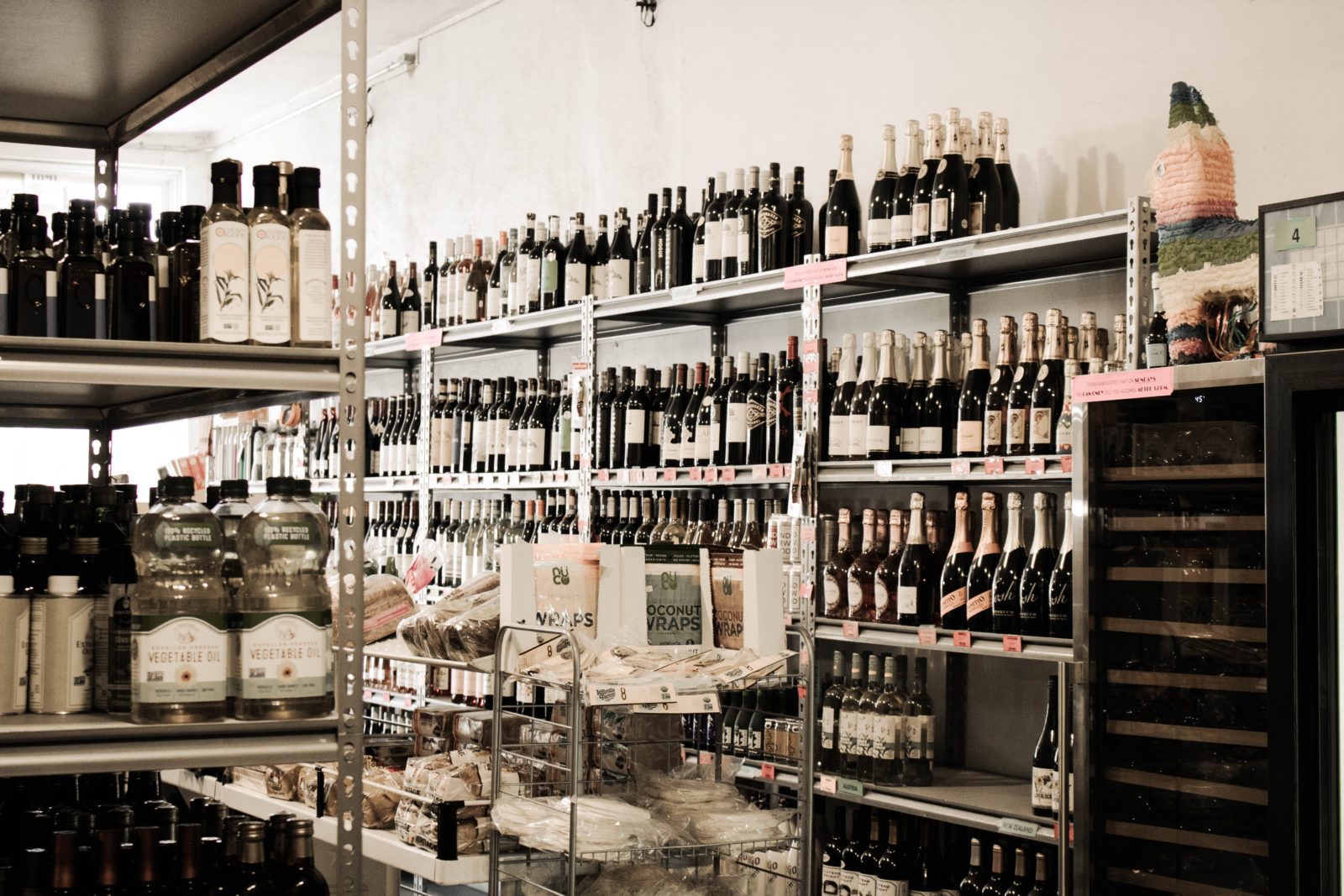The year ended with a slight slowdown in the rise of consumer prices. The year-on-year inflation rate in December reached 6.9 percent, 0.4 percentage points less than in November. The average inflation for the year was 10.7 percent, making it the third highest in the history of the Czech Republic, according to data released by the Czech Statistical Office (ČSÚ).
In a month-on-month comparison, inflation even decreased by 0.4 percent. This was mainly due to a drop in the prices of food and non-alcoholic beverages. Fruit prices fell by 5.6 percent, sausages by 2.7 percent, non-alcoholic beverages by 1.5 percent, and margarine and other vegetable fats by 6.6 percent. Fuels and oils also became cheaper, with prices dropping by 4.7 percent. Conversely, potato prices increased (+6.5 percent).
In year-on-year comparison, the most significant contributors to the price increase were housing costs, namely rent, water and sewer charges, and heat and electricity. However, gas prices dropped by 7.7 percent—a slight decrease in the much-discussed food prices (-0.3 percent). Among specific items, the prices of semi-fat durable milk (-28.3 percent) and eggs (-30.3 percent) fell significantly.
If statisticians did not include the savings tariff from 2022 in the year-on-year comparison, inflation would be significantly lower, at 4.2 percent. Overall, goods prices rose 7.6 percent and service prices 5.7 percent, added ČSÚ.
Looking forward, January will bring re-pricing and VAT reshuffles. The December inflation is good news for the Czech National Bank (ČNB), allowing it to further reduce interest rates by another quarter percentage point in February. The speed at which the central bank will lower rates will then be decided by January inflation, reflecting traditional re-pricing at the beginning of the year and VAT reshuffles.





